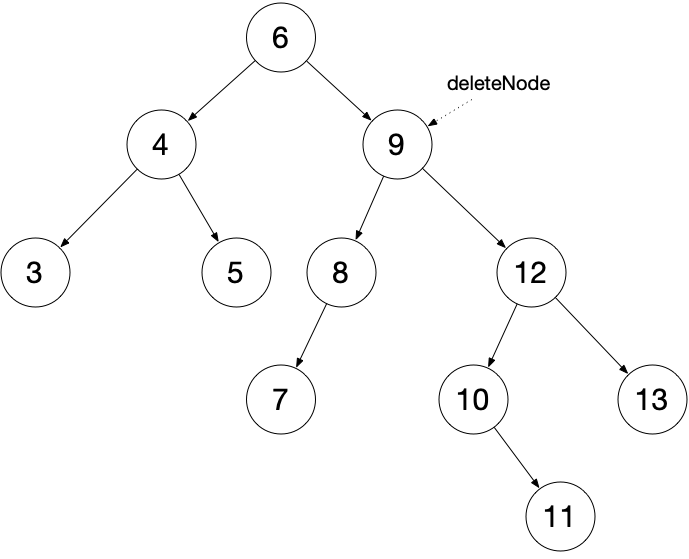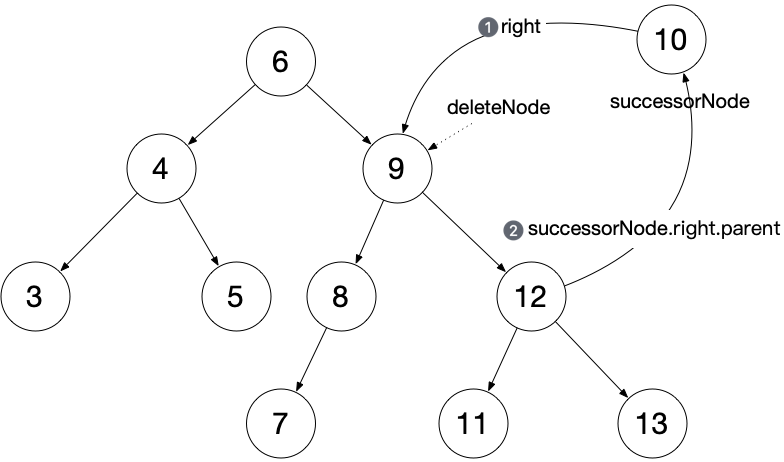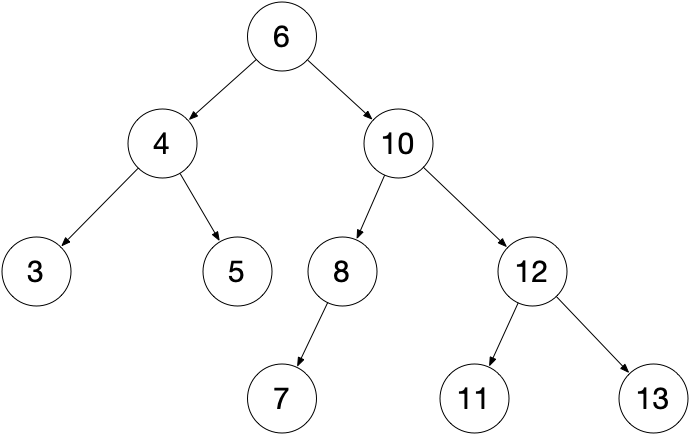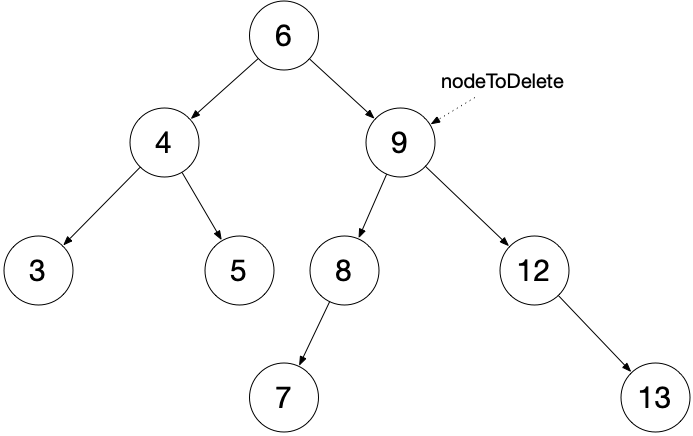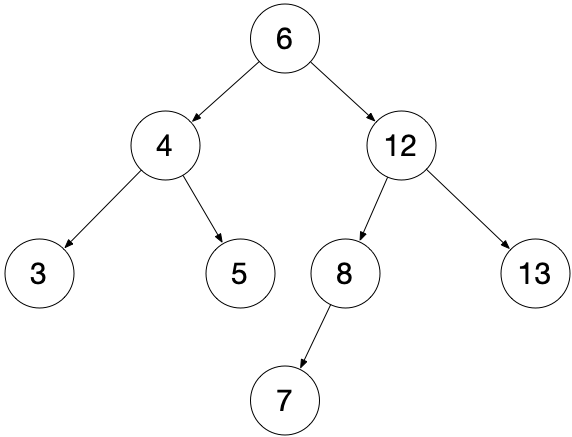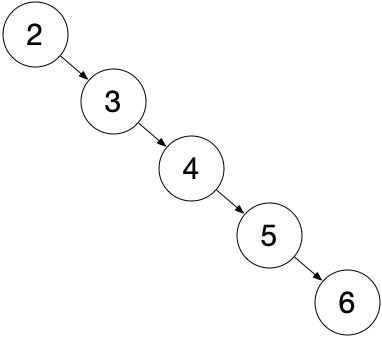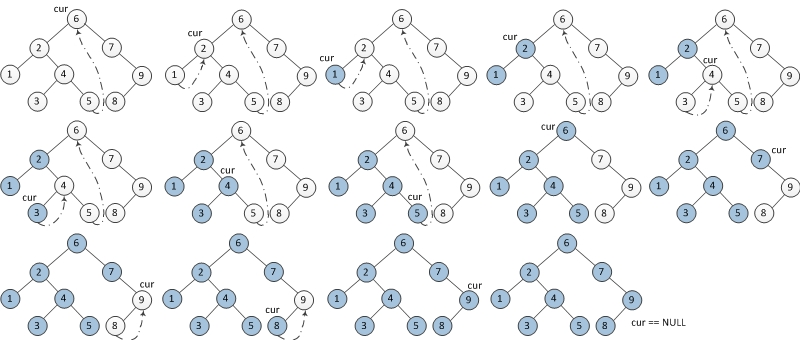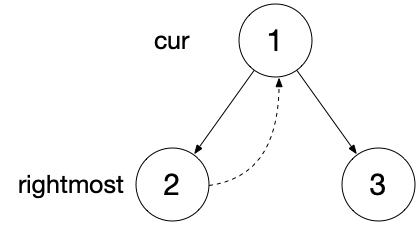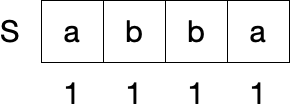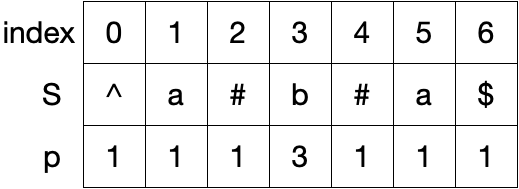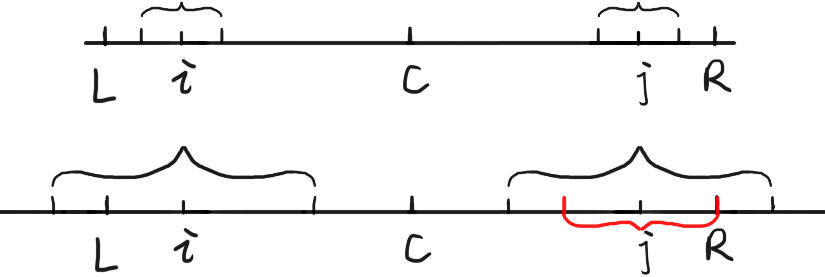题目(LeetCode #8)
请你来实现一个 atoi 函数,使其能将字符串转换成整数。
首先,该函数会根据需要丢弃无用的开头空格字符,直到寻找到第一个非空格的字符为止。接下来的转化规则如下:
如果第一个非空字符为正或者负号时,则将该符号与之后面尽可能多的连续数字字符组合起来,形成一个有符号整数。
假如第一个非空字符是数字,则直接将其与之后连续的数字字符组合起来,形成一个整数。
该字符串在有效的整数部分之后也可能会存在多余的字符,那么这些字符可以被忽略,它们对函数不应该造成影响。
注意:假如该字符串中的第一个非空格字符不是一个有效整数字符、字符串为空或字符串仅包含空白字符时,则你的函数不需要进行转换,即无法进行有效转换。
在任何情况下,若函数不能进行有效的转换时,请返回 0 。
提示:
- 本题中的空白字符只包括空格字符
' '。 - 假设我们的环境只能存储 32 位大小的有符号整数,那么其数值范围为 [−231, 231 − 1]。如果数值超过这个范围,请返回 INT_MAX (231 − 1) 或 INT_MIN (−231) 。
示例 1:
输入: “42”
输出: 42
示例 2:
输入: “ -42”
输出: -42
解释: 第一个非空白字符为 ‘-‘, 它是一个负号。
我们尽可能将负号与后面所有连续出现的数字组合起来,最后得到 -42 。
示例 3:
输入: “4193 with words”
输出: 4193
解释: 转换截止于数字 ‘3’ ,因为它的下一个字符不为数字。
示例 4:
输入: “words and 987”
输出: 0
解释: 第一个非空字符是 ‘w’, 但它不是数字或正、负号。
因此无法执行有效的转换。
示例 5:
输入: “-91283472332”
输出: -2147483648
解释: 数字 “-91283472332” 超过 32 位有符号整数范围。
因此返回 INT_MIN (−231) 。
题解
逐位处理字符串,根据每位字符确定一个覆盖所有情况的有限状态机,如下图所示(图源):
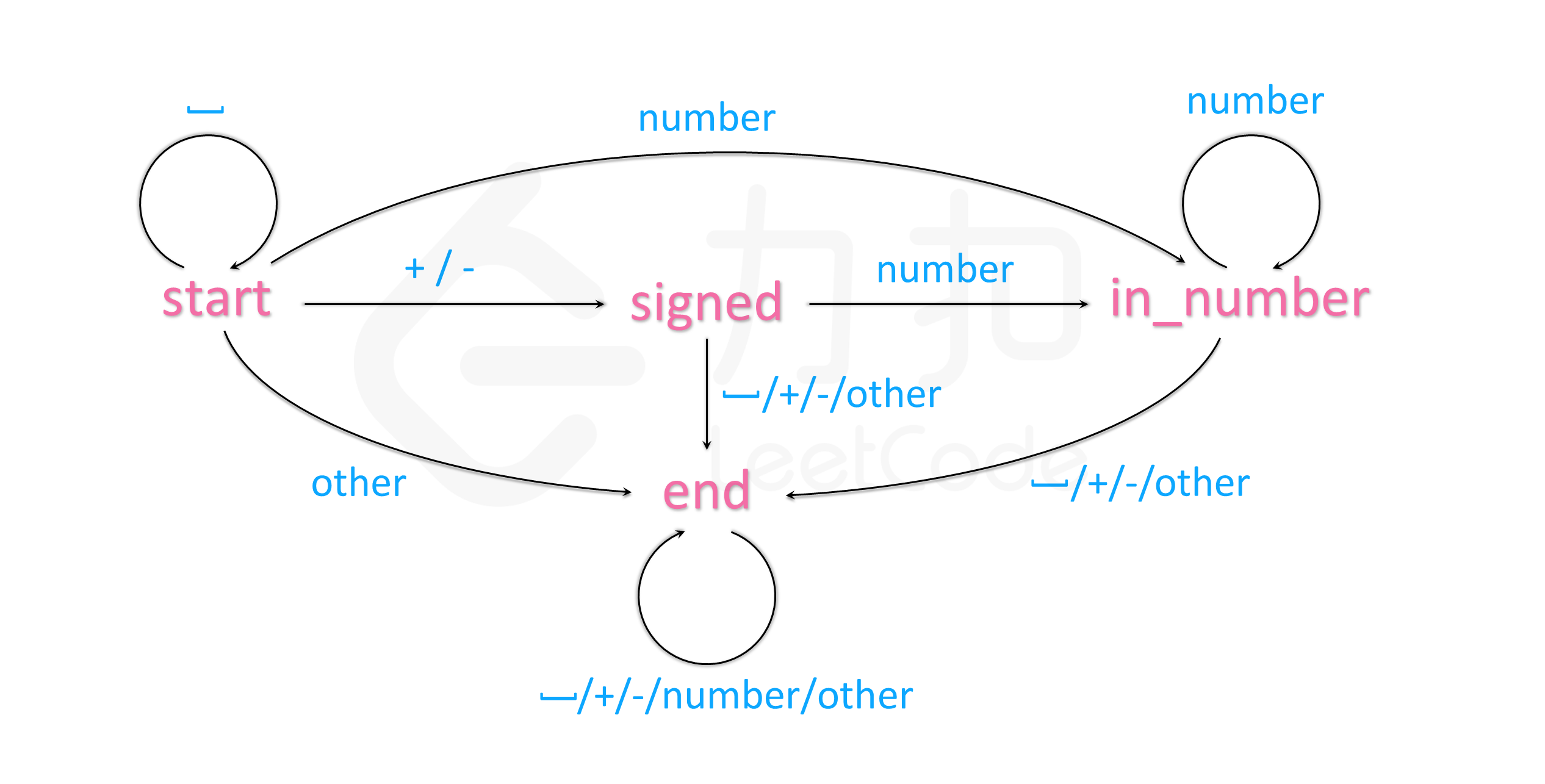
得到以下的状态转移表:
| space | + / - | number | other | |
|---|---|---|---|---|
| start | start | signed | in_number | end |
| signed | end | end | in_number | end |
| in_number | end | end | in_number | end |
| end | end | end | end | end |
根据上表即可编写代码即可
Java
1 | class FSM { |
Python
1 | class FSM: |

